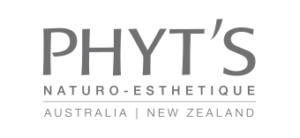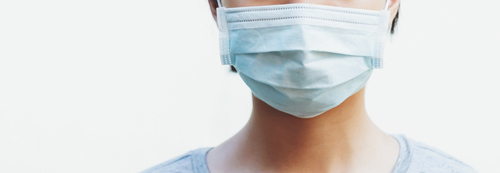How to keep your skin healthy when wearing a protective mask?
Skin redness for some, pimples or pressure ulcers for others… These are some of the issues that can appear as the result of wearing a protective face mask for long periods.
Our skin is not used to being covered for an extended period. The reactions are often the same: redness, especially on the cheekbones, and small pimples on cheeks or chin. There are also bruises, irritations and sometimes scarrings caused by constant friction on the nose and cheeks near the ears. These symptoms are not a sign of allergy but irritation.
Why?
While the masks themselves may not be heavy, the pressure they create is concentrated on a small area of skin due to the small surface area of the mask’s edge.
Nurses and healthcare professionals wearing an N-95 mask, for instance, can also develop ulcers around the mouth or under the nose because of its very tight facial fit which forms a seal around these areas.
Vapour and sweat are trapped inside the mask modifying the skin pH. This permanent humidity creates the perfect environment to develop skin problems such as pimples or pustules.
Pre-existing acne or rosacea can be aggravated by the rubbing of the mask against the skin and the lack of air circulation.
Some skin will react differently and become too dry or inflamed because of the constant irritation.
What to do?
Wearing a mask is an essential step in protecting you and the people around you, so keep using it when necessary. To minimise skin reactions:
1) Clean your face morning and evening with a gentle cleanser to remove sweat and debris. Use lukewarm water, not hot or icy. Pat dry the skin (rubbing could add to the irritation). Avoid using harsh scrubs or chemical exfoliators.
2) Because the skin barrier has been compromised, soothe and protect your skin with a moisturiser formulated for the particular skin issues that you have. Apply your skincare at least 30 minutes before wearing your mask to let the products penetrate.
- Dry skin could use products containing hyaluronic acid to increase hydration.
- People with pimples or aggravated acne should use moisturisers with a lighter texture.
- Irritated skin will be better off with products formulated to soothe and calm the skin. Try applying a barrier cream on the areas most irritated before you start wearing your mask.
3) If you are using a moisturiser with added sunscreen, it is best that you only apply it on areas of the face that are not covered by the mask.
4) Make-up: if you want to use foundations or powders, keep it very light to avoid clogged pores or pimples. Use preferably non-comedogenic products to prevent blackheads and let your skin breathe when you don’t have to wear a mask.
If you develop permanent severe skin irritations, seek the help of your doctor.
We may have to wear a mask for an undetermined period. Still, we should remember that the benefits of wearing this facial protection when shopping or in crowded environments outweigh the risks of not wearing one.
Looking for naturality in products? Check Phyt’s organic face skincare – all made with 100% ingredients of natural origin for healthier skin.






